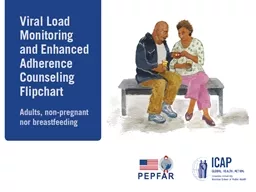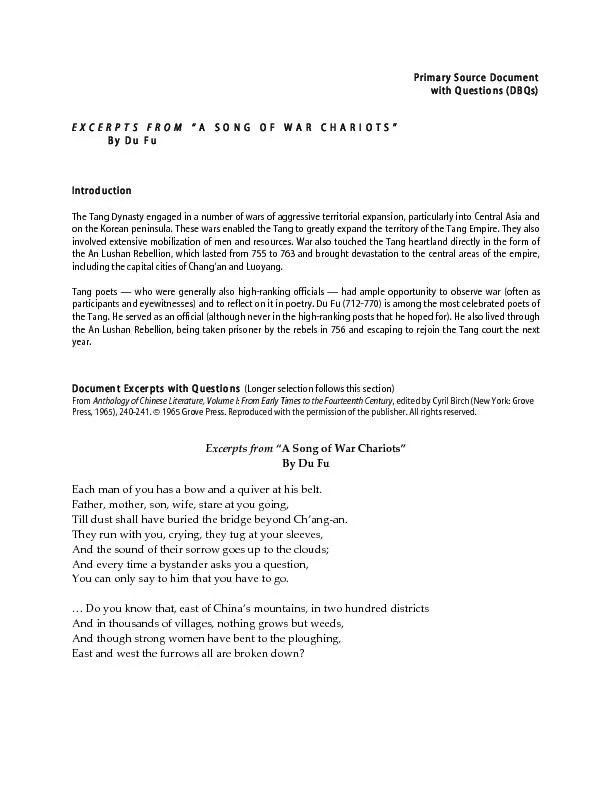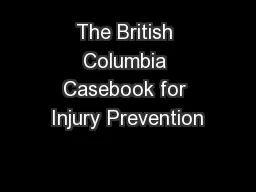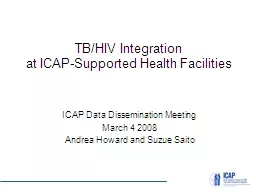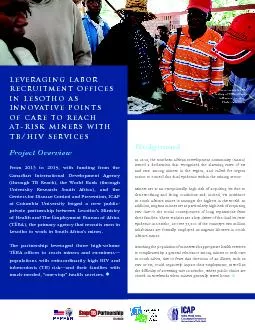PPT-This job tool was created by ICAP at Columbia University with funding from the U.S. President’s
Author : marina-yarberry | Published Date : 2018-10-08
the Centers for Disease Control and Prevention CDC under the terms of cooperative agreement U2GGH000994 Its contents are solely the responsibility of the authors
Presentation Embed Code
Download Presentation
Download Presentation The PPT/PDF document "This job tool was created by ICAP at Col..." is the property of its rightful owner. Permission is granted to download and print the materials on this website for personal, non-commercial use only, and to display it on your personal computer provided you do not modify the materials and that you retain all copyright notices contained in the materials. By downloading content from our website, you accept the terms of this agreement.
This job tool was created by ICAP at Columbia University with funding from the U.S. President’s: Transcript
Download Rules Of Document
"This job tool was created by ICAP at Columbia University with funding from the U.S. President’s"The content belongs to its owner. You may download and print it for personal use, without modification, and keep all copyright notices. By downloading, you agree to these terms.
Related Documents

